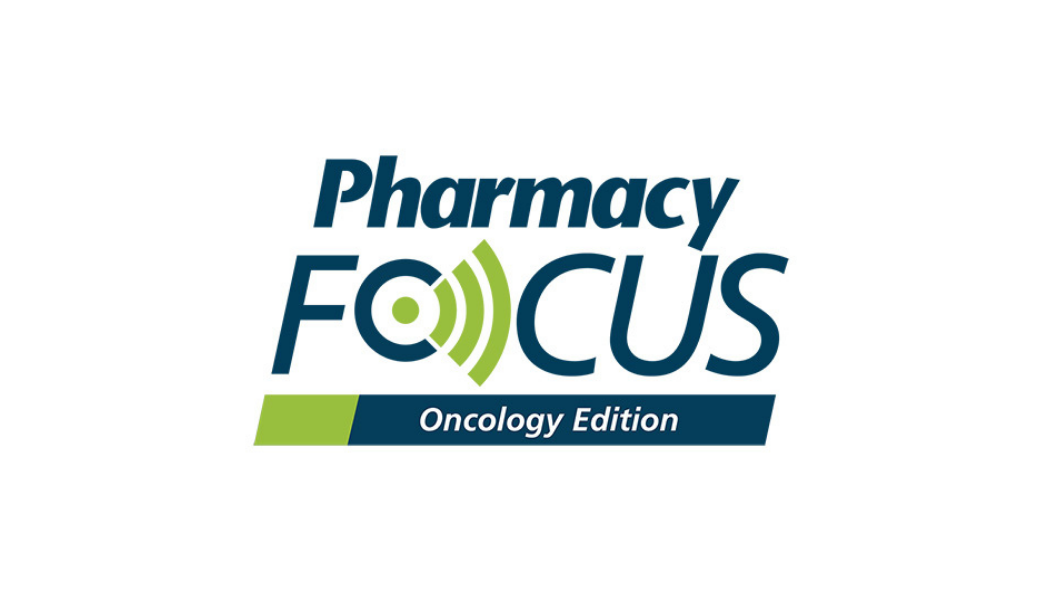Video
Examining Safety Profiles in Patients with Ovarian Cancer
Quality of life and safety profiles are discussed by Ryan Haumschild, PharmD, MS, MBA.
Ryan Haumschild, PharmD, MS, MBA: There are so many pathways and treatments, but at the end of the day, we’re focused on efficacy and safety but also cost-effectiveness and quality of life. When I think about efficacy, I think about progression-free survival. We’re seeing some great hazard ratios throughout some of these clinical trials coming forward. We keep seeing it improve. That’s our goal, right? How long can that patient be treated with that PARP inhibitor before they progress? Ultimately, if I’m sitting down across from a patient who has ovarian cancer, they’re interested in their overall survival. [They will ask] “What would my outlook look like when I’m on this treatment?” [We need] to speak to that and see that overall survival gives them even further confidence, as they adhere to the treatment regimen. We also want them to stay motivated, especially when you have oral tablets that might be twice a day or once a day, so they’ll continue to take them for a long period of time.
That brings us to the safety piece. We’re invested in therapeutics or PARP inhibitors that have tolerable safety profiles. If they have some safety events that we have to recognize—this is a unique mechanism of action that affects the DNA, and there are going to be some adverse effects associated with that—[then we need to have] sufficient data to make appropriate dose reductions that allow that patient to continue on in therapy and minimize the adverse effects that they’re feeling. Safety profile paired with clinical efficacy is what drives the majority of our decisions. But we care about cost. How can we maximize and reduce the cost and the financial toxicity to the patient and the institution and create a good cost-effectiveness ratio? [This is especially true] when we have PARP inhibitors where the clinical efficacy might be similar across a maintenance-line therapy. When you think about cost-effectiveness, the best way to improve that ratio is to reduce cost while keeping up a high efficacy. That’s something we’re looking toward as we look at the Inflation Reduction Act in the next few years. How do we provide best outcomes for our patients at an affordable price?
Lastly, we care about quality of life. A patient might be on a PARP inhibitor for a while. We don’t want them to constantly have neutropenia or fatigue when they’re going to work because that affects their presenteeism at work, their quality of life, and their patient-reported outcomes. That’s something we also want to be cognizant of as we adopt new therapies that patients are going to be on for long periods of time. If they’re having neutropenia or fatigue, that might cause them to become less compliant with therapy and ultimately, abandon their treatment.
Transcript edited for clarity.






